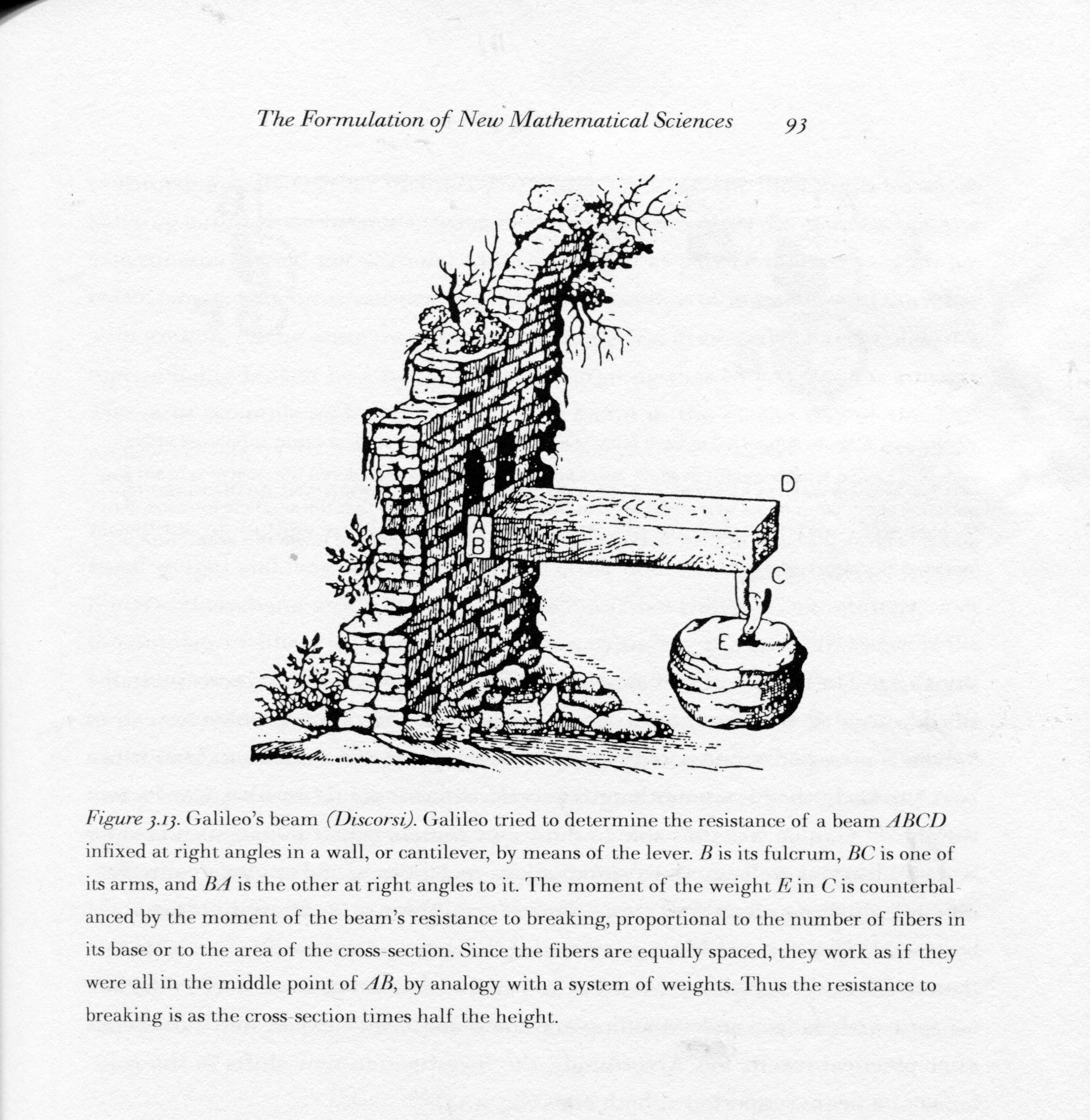
Galileo and the Foundations of Modern Physics: Examining Days III & IV of the Discorsi
In the groundbreaking publication Discorsi e Dimostrazioni Matematiche, intorno a due nuove scienze (Discourses and Mathematical Demonstrations Relating to Two New Sciences), released in 1638, Galileo Galilei offered an innovative amalgamation of mathematical reasoning, experimental verification, and physical understanding. This work, written as a series of dialogues similar to his previous texts, stands as Galileo’s most significant addition to the field of physics. Although assembled toward the close of his career, the scientific inquiries presented largely originate from his earlier tenure at the University of Padua (1592–1610).
In earlier analyses of this text, Days I and II were found to focus on the strength of materials, a frequently ignored aspect of statics. During the concluding two days—Days III and IV—Galileo shifted his attention to dynamics, particularly the motion of objects. Day III deals with uniformly accelerated motion, while Day IV investigates projectile motion, marking a pivotal point in the development of modern mechanics.
Revisiting Motion: Uniform and Accelerated
Galileo initiated Day III by providing a precise definition of uniform motion: a type of motion in which equal distances are traversed in equal time intervals. Significantly, he followed this with succinct axioms and propositions that laid the foundation for differentiating between uniform and non-uniform (accelerated) motion.
Galileo’s examination of uniformly accelerated motion—especially free fall—is arguably his most celebrated contribution. Key to this was his employment of inclined planes, a strategic solution to the challenge of accurately gauging time intervals during genuine free fall.
While earlier scholars such as John Philoponus in the sixth century and Giambattista Benedetti in the sixteenth made strides in critiquing and enhancing Aristotle’s motion theory, their analyses remained largely theoretical. Galileo injected empirical precision into this discourse. His experiments with spheres rolling down inclined planes facilitated exact, repeatable measurements—effectively transforming vertical free fall into a slower, observable motion that allowed for precision with basic timing instruments like water clocks.
The Mean Speed Theorem and Motion Laws
Among the most important mathematical findings revealed in the Discorsi is Galileo’s formulation of the mean speed theorem, which had previously been geometrically articulated by fourteenth-century scholars known as the Oxford Calculatores and the Paris Physicists. Galileo rephrased it as:
“The time taken for any distance to be covered by a body starting at rest and uniformly accelerating is equal to the time it would take to traverse the same distance at a constant speed equal to the average of the starting and final velocities.”
He further demonstrated that in uniformly accelerated motion, the distances covered in successive equal time intervals are in the ratio of odd numbers (1, 3, 5, 7, …). This finding is testable through experiment and crystallized in Theorem II, Proposition II of the Discorsi:
“The distances moved by a body falling from rest with uniformly accelerated motion are proportional to the squares of the time intervals used.”
Now recognized as the law of uniformly accelerated motion, this principle is fundamental to classical mechanics.
Inclined Plane Experiments: Reality or Fiction?
Perhaps the most renowned anecdote linked to Galileo’s exploration of motion is his inclined plane experiments. In these experiments, he allegedly rolled smooth spheres down a grooved wooden track lined with polished parchment, timing the motion with a carefully calibrated water clock. These trials validated his theoretical findings: the square law of falling bodies and the odd-number law regarding distance over successive time intervals.
Historical skeptics, particularly philosopher-historian Alexandre Koyré, raised doubts about the experiment’s legitimacy, suggesting that Galileo might have fabricated outcomes. However, in 1961, Thomas B. Settle successfully replicated Galileo’s experiments under the described conditions, demonstrating not just the feasibility of the methods but also the empirical validity of Galileo’s conclusions.
Projectile Motion and the Parabola Law
In Day IV of the Discorsi, Galileo broadened his investigation of motion to encompass projectiles. He asserted:
“A projectile that moves with a uniform horizontal motion coupled with a naturally accelerated vertical motion traces a path that resembles a semi-parabola.”
This revelation, achieved through collaboration with his friend and mentor Guidobaldo del Monte in 1592, accurately recognized that the path of a projectile under constant gravity follows a parabolic arc. In contrast to earlier theories positing distinctly different ‘violent’ and ‘natural’ trajectories, Galileo’s framework described projectile motion through a uniform, mathematically coherent approach.
This insight inspired a revisitation of Apollonius’ Conics in the narrative, underscoring Galileo’s aspiration to unify ancient geometric principles with the emerging physics of motion.
Further Developments and Errors
Among the additional advanced concepts Galileo investigated was the decomposition of motion: when the movement of a body results from two distinct, uniform motions (horizontal and vertical), the resultant trajectory could be examined using the Pyth…